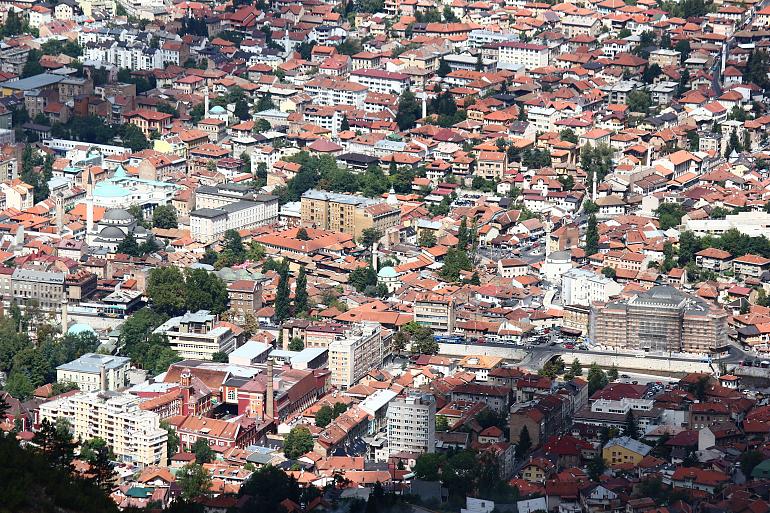Sarajevo, May 8, 2023
Drawing on Schelgel’s famous text, I would say architecture “is still in the process of becoming. Indeed, that is its true essence, that it is always in the process of becoming and can never be completed” (Athenaeum Fragments (1798), Fragment 116).
As the conditions for planning and architecture have dramatically changed in a transition-centred century, it matters to search for a new form of investigation of the urban space away from a centrally planned – previously socialist, today neoliberal driven – form of architecture and urbanism.
As for the former, let me briefly mention that after the disappearance of Yugoslavia, inherited architectures often remain empty and abandoned, in a kind of limbo between reuse and modern archaeological ruin. Nevertheless, “socialist architecture” or “Yugoslav modernism” – in fact mostly “modernism in-between” clearly falling under “international architecture” – has still to be considered as a successful contribution both to architecture and urbanism that can be “reloaded”, reframed and “remoulded” to use a concept coined by French architect Roland Castro.
Against this background, the 2023 new edition of Dušan Grabrijan and Juraj Neidhardt’s Architecture of Bosnia and the Way Towards Modernity [1] can only be strongly welcomed. Let me congratulate Tatjana Neidhardt and Mejrema Zatrić for this absolutely major initiative contributing notably to unveil the tenor of the truth of the city.
By the way, it was precisely this book that inspired me – also following Jean-Luc Nancy’s philosophy to “think-with” – to combine poetry, pictures (photography and the reproduction of artworks), architecture and essays in the framework of what I refer to as MAP for “multiplex approach”. This approach is best illustrated in the collaborative volume Sarajevo Singular Plural. Contributions in Honour of Zdravko Grebo (Nomos, 2023).
More specifically I view the urban space nor longer as a static object, but as a process, a “performance” including a personal as well as a collective appropriation (ownership) of space [2]. In this way the city appears as an open-ended score (music partition) [3], focusing on urban practice metamorphosing the urban space into a realm of possibilities in a constant state of flux [4].
Within the planned city, a city of another kind emerges, like the one Kandinsky dreamed of : “a great city built according to all the rules of architecture and then suddenly shaken by a force that defies all calculation. [5]









